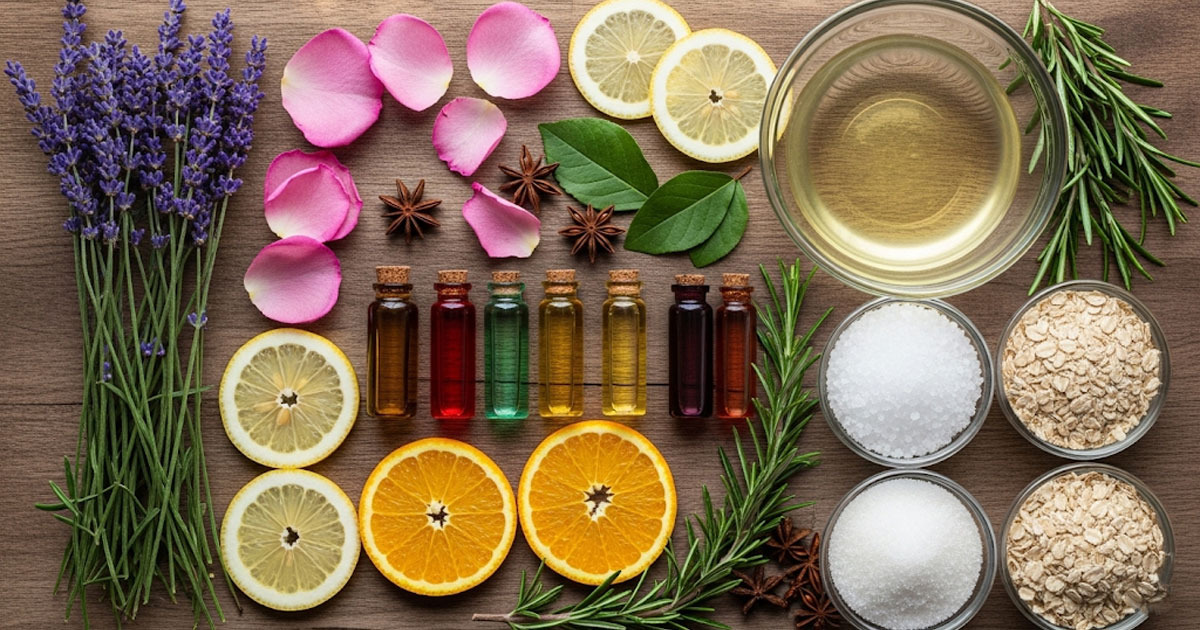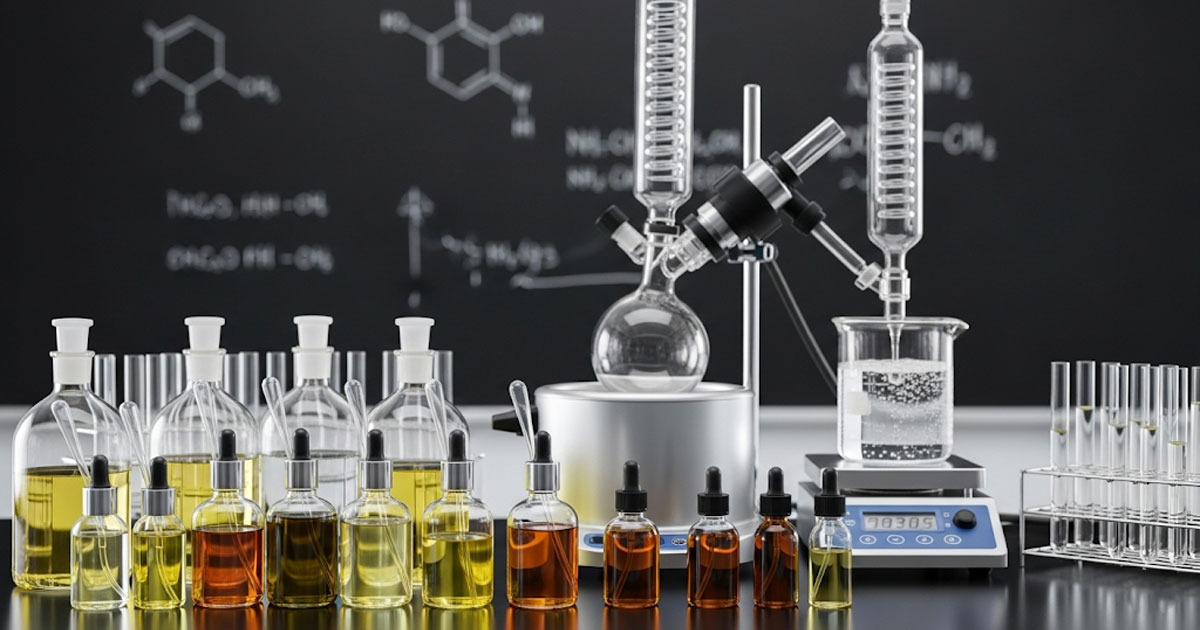The Strategic Role of Fragrance Suppliers in Signature Scent Creation
In the competitive fragrance industry, crafting a signature scent is more than blending notes it’s about establishing identity. For perfume houses and personal care brands alike, a unique fragrance serves as an emotional trademark. Behind this sensory signature, however, lies the often-unseen yet vital work of fragrance suppliers.
These B2B partners bridge the gap between raw material sourcing and olfactory artistry, offering technical, creative, and strategic support to brand owners. Fragrance suppliers serve as innovation engines. They translate consumer insights, regional preferences, and brand briefs into scent concepts that align with market positioning.
Whether working with niche luxury perfumers or global FMCG brands, suppliers are expected to deliver not just aroma compounds, but fully realized sensory experiences. This role demands scientific precision, global sourcing capabilities, and close collaboration with marketing and R&D teams.
The creation of signature scents requires suppliers to move beyond standard catalog offerings. They must offer bespoke development, backed by high-performing evaluation labs, trained perfumers, and access to exclusive naturals or captive molecules. In essence, fragrance suppliers are both chemists and storytellers merging data with creativity to develop olfactive signatures that resonate deeply with consumers.
Understanding the Fragrance Development Process
From Brief to Blotter: Translating Brand DNA
The first step in any signature scent project begins with a brand brief. This includes target audience demographics, brand values, application formats, market regions, and price positioning. Fragrance suppliers work closely with clients to decode this brief into olfactory cues deciding whether the scent should be warm and woody, sparkling and citrusy, or sensual and floral.
In this phase, suppliers’ insight into trend forecasting becomes crucial. They leverage market data, cross-category analysis, and cultural intelligence to ensure the fragrance concept aligns with both global and local sensibilities. This helps brands stand out while still feeling relevant to the target market.
Using this brief, in-house perfumers craft initial fragrance directions. These samples undergo sensory testing, stability trials, and reformulation to meet technical specifications for diverse product formats, such as eau de parfum, deodorants, or body lotions. Collaboration at this stage is iterative and detail-intensive, involving marketing feedback, consumer testing, and IFRA compliance.
Sourcing Raw Materials: The Foundation of Quality
At the core of every fragrance lies its raw material palette. Suppliers maintain global networks of growers, distillers, and extraction partners to secure high-quality naturals and synthetics. Sourcing directly affects scent character, cost, and consistency three pillars that define a successful signature fragrance.
Responsible sourcing has become an industry mandate. Ethical considerations now drive supplier strategies, with increasing investment in traceable and sustainable ingredients like FairWild-certified lavender or upcycled vetiver. These practices not only enhance storytelling but also future-proof the brand against regulatory shifts and consumer scrutiny.
Exclusive access to proprietary molecules also sets suppliers apart. Captive ingredients offer olfactive uniqueness unavailable to competitors, allowing brands to build long-term fragrance equity. This is particularly valuable in the luxury sector, where differentiation is key to brand loyalty.
Collaboration and Innovation in Fragrance Design
Co-Creation as a Competitive Advantage
Leading suppliers offer more than formulation they provide co-creation platforms that involve cross-disciplinary input from perfumers, application technologists, and marketing analysts. These platforms enable faster turnaround, more nuanced scent development, and higher creative alignment with brand aspirations.
Digital tools are also transforming the creation process. AI-assisted perfumery, virtual scent modeling, and predictive consumer analytics allow suppliers to shorten development cycles without compromising innovation. This data-driven approach ensures that final fragrances are not only technically viable but emotionally resonant.
Moreover, fragrance suppliers support go-to-market success. They assist in narrative building, launch kits, and even point-of-sale training, ensuring the scent story is consistent from concept to shelf. This 360° support strengthens the partnership between brand and supplier, making the supplier an extension of the brand’s creative team.




